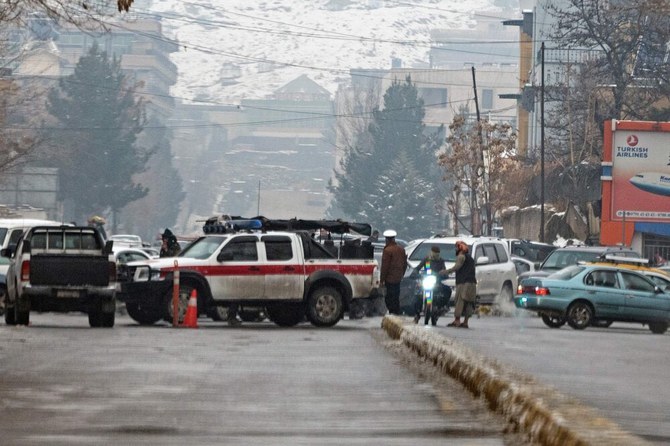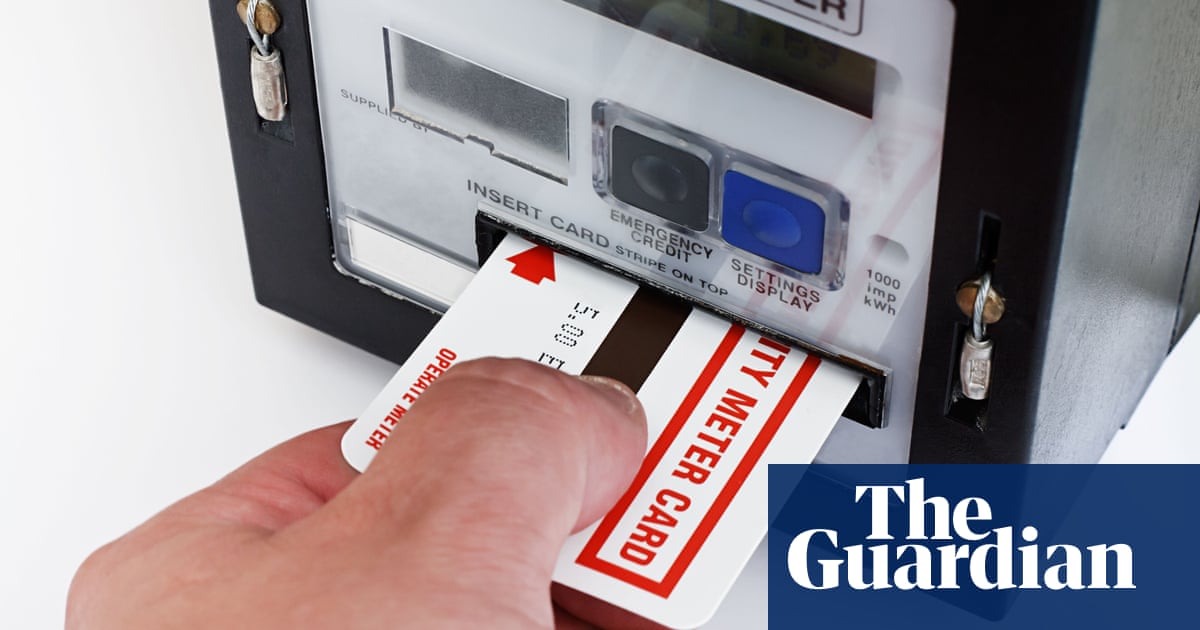
SpaceX launched four astronauts into orbit on Friday using a recycled rocket and capsule, the third crew flight in less than a year for Elon Musk’s rapidly expanding company.
The astronauts from the US, Japan and France should reach the International Space Station early on Saturday morning, following a 23-hour ride in the same Dragon capsule used by SpaceX’s debut crew last May. They will spend six months at the orbiting lab.
It was the first time SpaceX reused a capsule and rocket to launch astronauts for Nasa, after years of proving the capability on station supply runs. The rocket was used last November on the company’s second astronaut flight.
Embracing the trend, the spacecraft commander, Shane Kimbrough, and his crew weeks ago wrote their initials in the rocket’s soot, hoping to start a tradition.
“Glad to be back in space,” Kimbrough radioed once the capsule was safely in orbit.
For Nasa astronaut Megan McArthur, it was a bit of deja vu. She launched in the same seat in the same capsule as her husband, Bob Behnken, did during SpaceX’s first crew flight. This time it was Behnken and their seven-year-old son waving goodbye. McArthur blew kisses and offered virtual hugs.
Also flying SpaceX on Friday: Japan’s Akihiko Hoshide and France’s Thomas Pesquet, the first European to launch in a commercial crew capsule.
It was a stunning scene: The launch plume glowed against the dark sky, reflecting the sunlight at high altitude. “Just spectacular,” said Nasa’s acting administrator, Steve Jurczyk.
A masked Musk met briefly with the astronauts at Nasa’s Kennedy Space Center before they boarded white gull-winged Teslas from his electric car company. The astronauts’ spouses and children huddled around the cars for one last “love you” before the caravan pulled away and headed to the pad in the pre-dawn darkness.
Despite the early hour, spectators lined surrounding roads to watch the Falcon take flight an hour before sunrise. Liftoff was delayed a day to take advantage of better weather along the east coast in case of a launch abort and emergency splashdown.
The first-stage booster touched down on an ocean platform nine minutes later.
Rapid reusability is critical to Musk’s effort to open space to everyone, land Nasa’s next moonwalkers and, his loftiest goal by far, build a city on Mars.
Musk will go a long way toward achieving that first objective with the private flight in September. It will be followed in October by SpaceX’s fourth crew launch for Nasa.
SpaceX picked up the station slack for Nasa after the space agency’s shuttles retired in 2011, starting with supply runs the following year. The big draw was last year’s return of astronaut launches to Florida.
“It’s awesome to have this regular cadence again,” said Kennedy’s director, Robert Cabana, a former shuttle commander.












